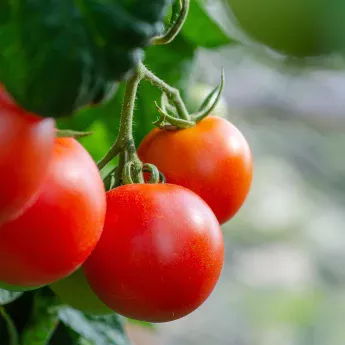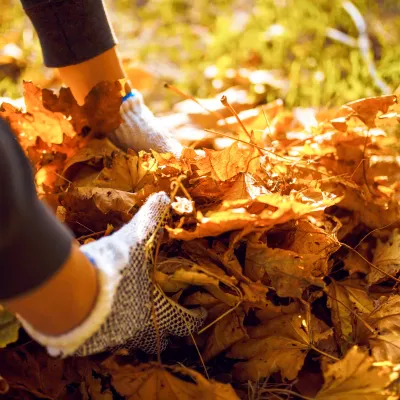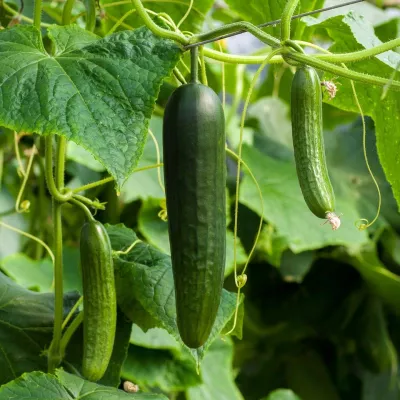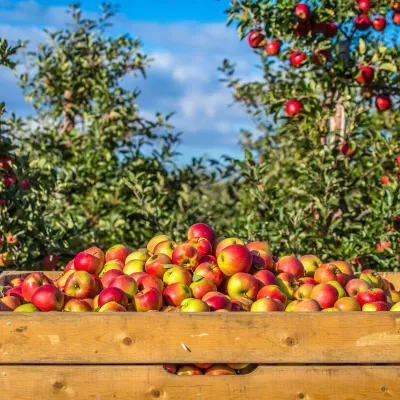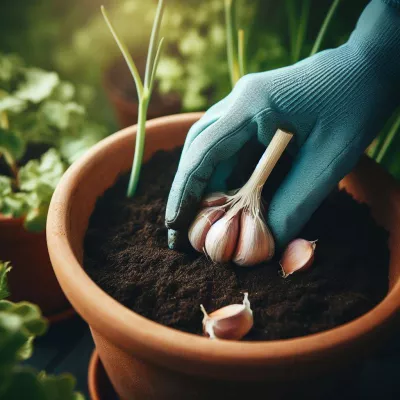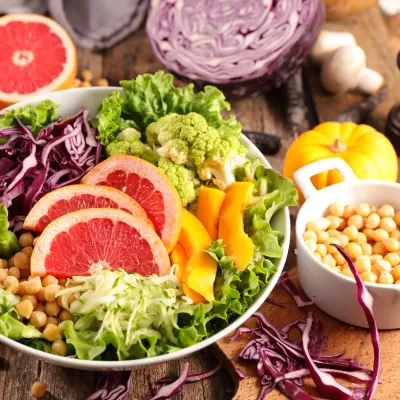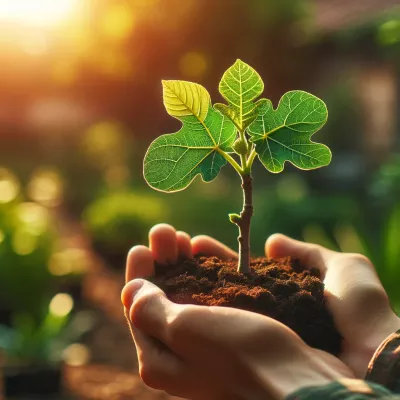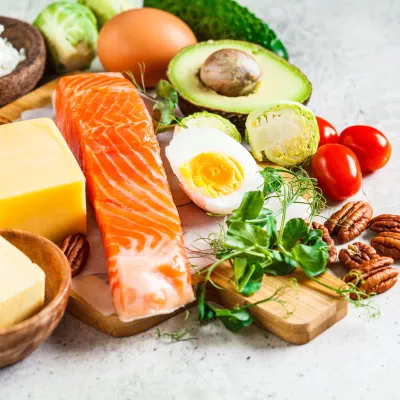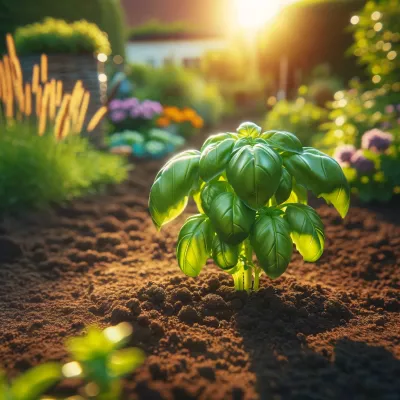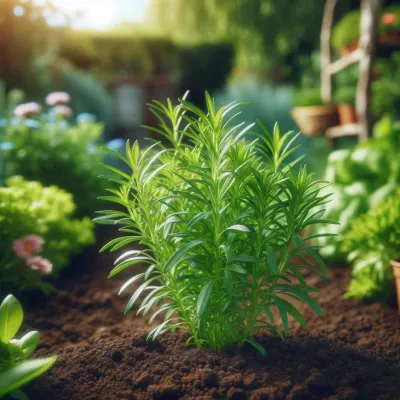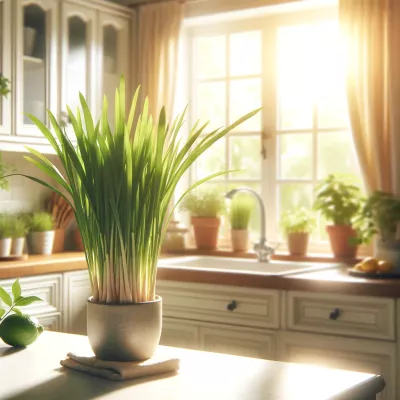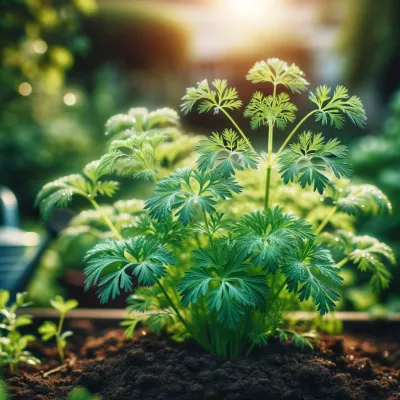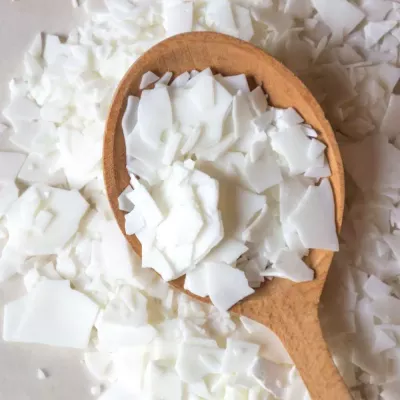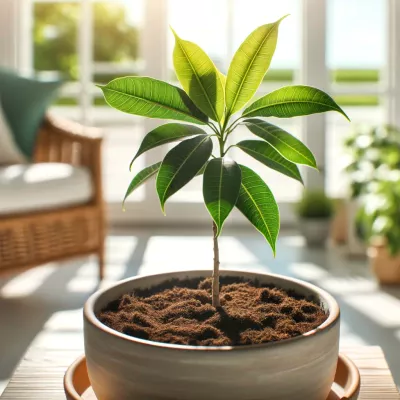

Mango is one of the most popular and beloved tropical fruits in the world. With its sweet, delicate flavor and numerous health benefits, mango has won the hearts of many food enthusiasts. But what if you could grow this exotic plant right at home? Growing mango is not only a fascinating but also a rewarding hobby that can bring you a lot of joy. In this article, we will detail how to choose the right seeds and mango varieties for cultivation in home conditions, and what steps to take to ensure that your plant yields a bountiful harvest.
Choosing Mango Seeds and Varieties

The Importance of Making the Right Choice
Choosing the right mango variety is crucial for successful cultivation. Mango varieties differ in size, taste, peel color, and flesh density. For example, varieties like "Alphonso" and "Haden" are known for their sweet taste and rich aroma, while "Tommy Atkins" has firmer flesh and less sweetness. When choosing seeds or saplings, consider the climate of your region and the conditions in which the plant will grow. Some varieties are better adapted to cooler climates, while others require warmer and more humid conditions.
Sources of Purchase
The quality of mango seeds or saplings is the key to successful cultivation. You can purchase them from specialized garden stores or order them online with delivery. When buying online, it's important to choose reliable suppliers who provide information about the origin and varieties of mango. You can also obtain seeds from fresh fruits, but in this case, it's essential to consider that the fruit's characteristics may not be fully transferred to the new plant due to hybridization of varieties.
Caring for Mango Plants

Watering and Fertilizing: Mango is a tropical plant that requires regular and abundant watering, especially during periods of active growth and fruiting. However, it's important to avoid water stagnation around the roots to prevent rotting. Reduce watering during the dormant period (autumn-winter).
- Watering Frequency: Water the plant 2-3 times a week in summer, and once a week or less in winter, depending on the growing conditions.
- Fertilization: Use tropical fruit tree fertilizers every 2-4 weeks during spring and summer. You don't need to fertilize mangoes in the fall and winter.
Pruning and Crown Formation: Pruning mango trees promotes the development of a beautiful canopy and enhances fruiting.
- Pruning Time: It's best to prune mangoes at the end of winter or the beginning of spring, before the vegetative period begins.
- Pruning Technique: Remove dry, damaged, and inner branches to ensure good lighting and ventilation for the canopy. You can also shape the canopy by trimming excessively long branches.
Pest and Disease Control
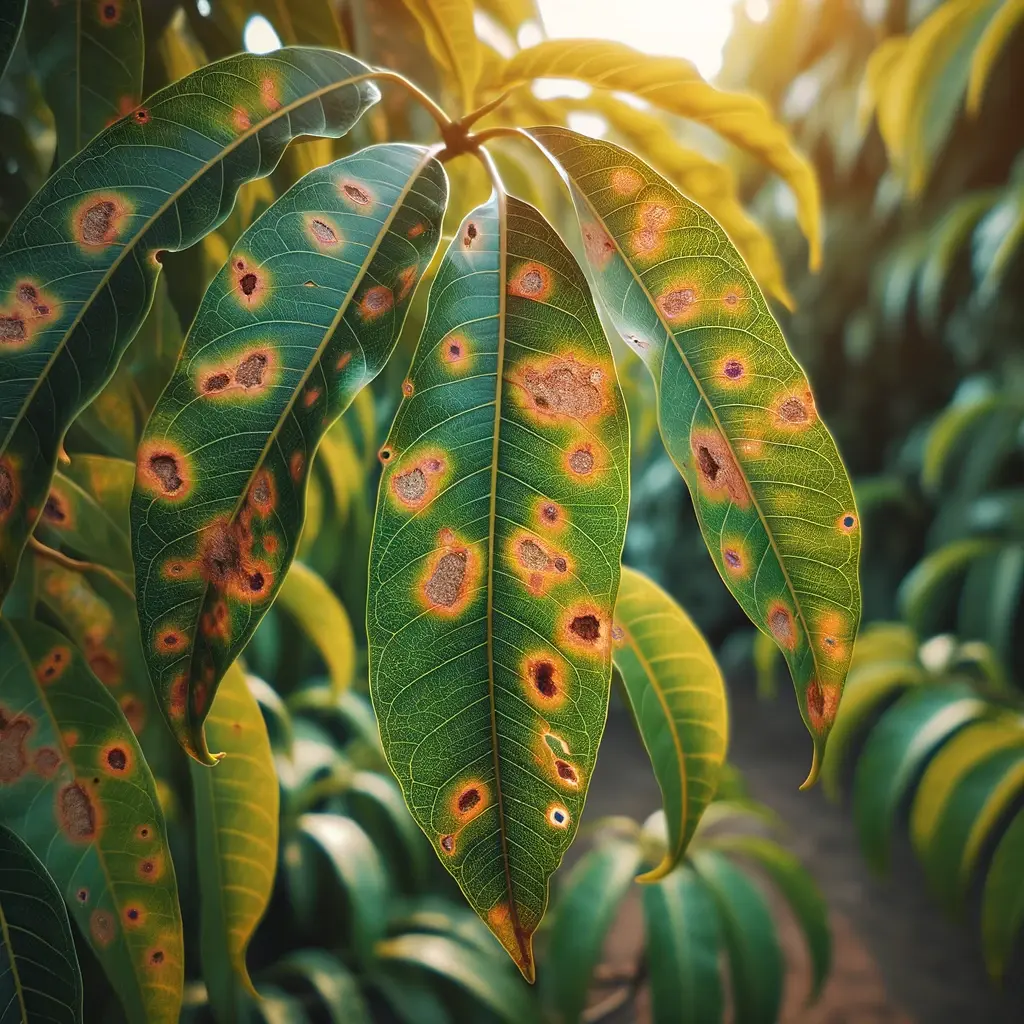
Common Issues: Mangoes can suffer from various pests and diseases such as spider mites, scale insects, mealybugs, and fungal diseases.
- Spider Mites: Tiny red or yellow mites that leave fine webs on the leaves.
- Scale Insects and Mealybugs: Signs include small bumps or waxy secretions on stems and leaves.
- Fungal Diseases: Manifest as spots on leaves and fruits.
Treatment and Prevention Methods: To combat pests and diseases, use appropriate insecticides and fungicides. However, start with gentler methods:
- Prevention: Maintain cleanliness around the plant and regularly inspect for pests.
- Mechanical Removal: Remove pests manually or wash the plant with a mild soapy solution.
- Use of Insecticides and Fungicides: In cases of severe infestations, apply chemical remedies as per the instructions.
Remember that prevention is always better than cure, so regularly inspect your plants and maintain optimal conditions for their growth and development.


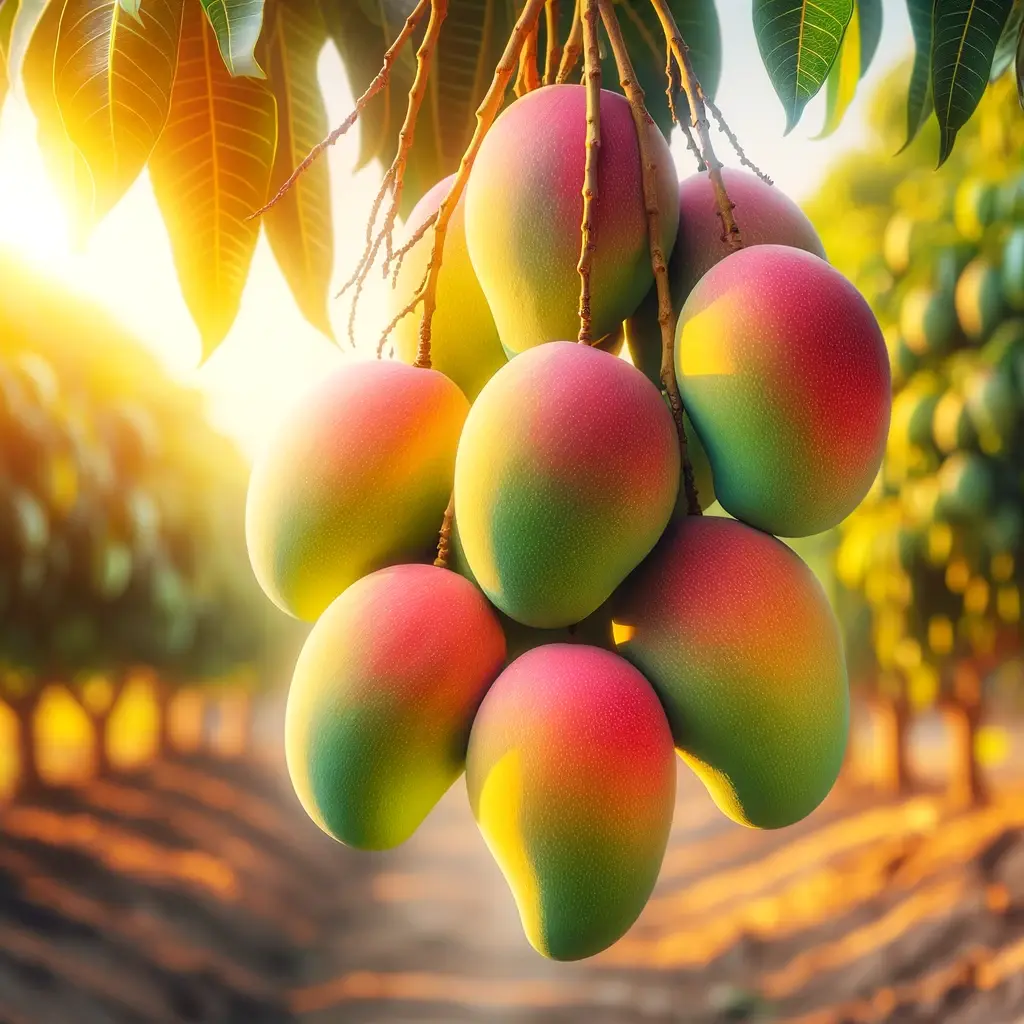
 Українська
Українська
 Русский
Русский
 Deutsch
Deutsch
 Polski
Polski
 Magyar
Magyar
 Ελληνικά
Ελληνικά
 Dansk
Dansk
 Español
Español
 Italiano
Italiano
 中文(简体)
中文(简体)
 한국어
한국어
 Latviešu
Latviešu
 Lietuvių
Lietuvių
 Nederlands
Nederlands
 Norsk (Bokmål)
Norsk (Bokmål)
 Bahasa Indonesia
Bahasa Indonesia
 Български
Български
 Português
Português
 Română
Română
 Slovenčina
Slovenčina
 Slovenščina
Slovenščina
 Türkçe
Türkçe
 Suomi
Suomi
 Français
Français
 Čeština
Čeština
 Svenska
Svenska
 Eesti
Eesti
 日本語
日本語
